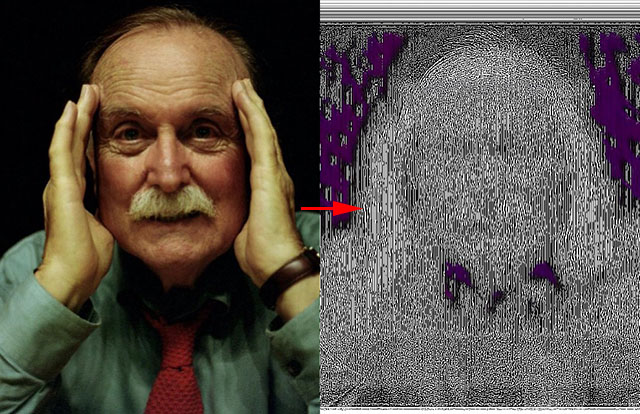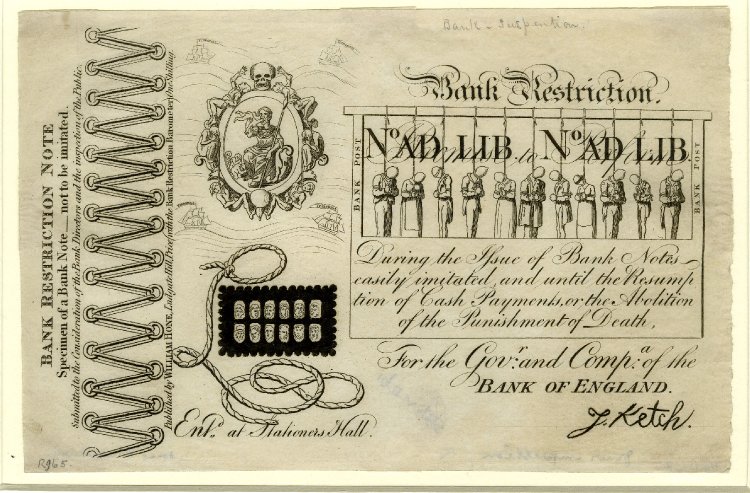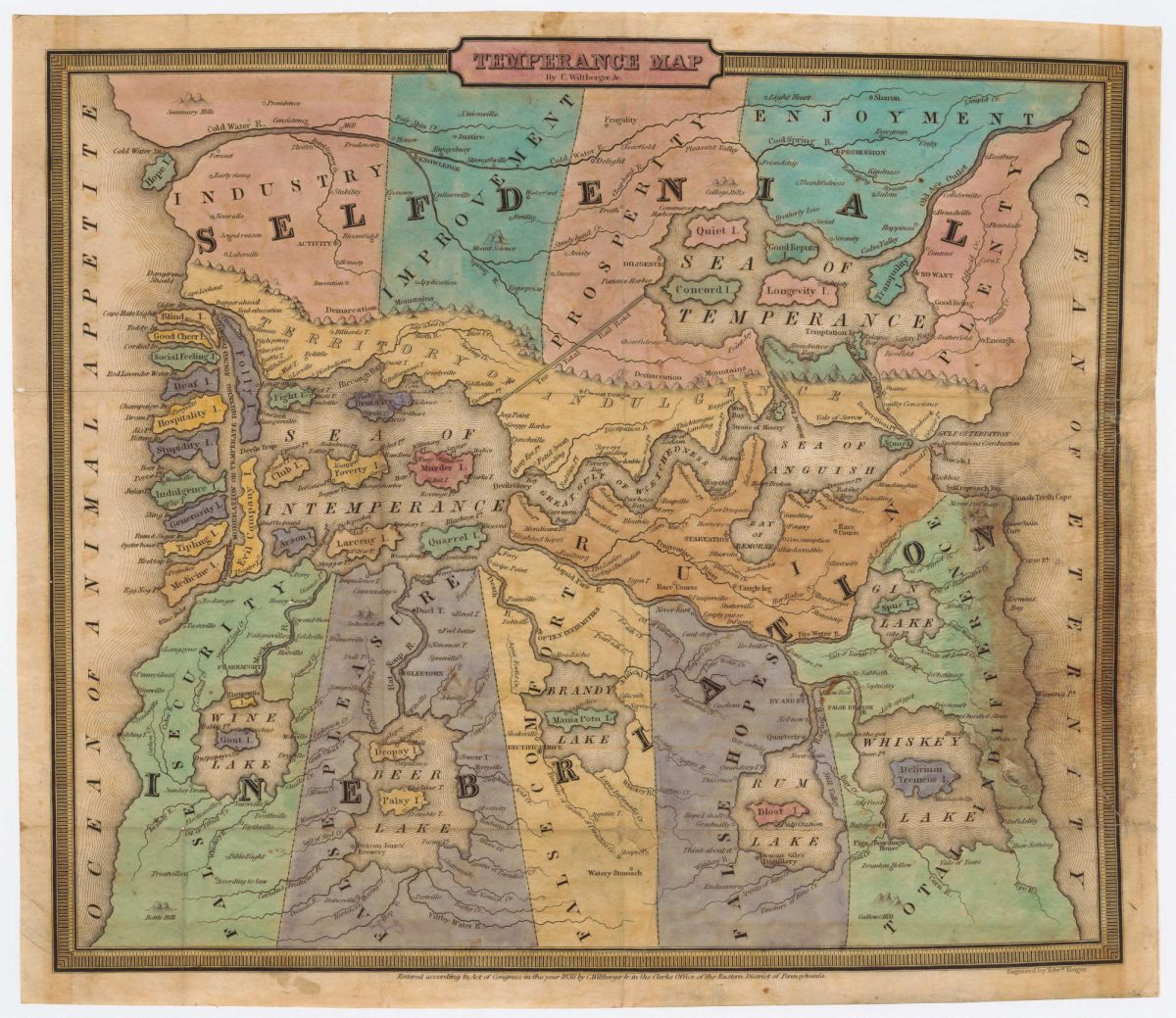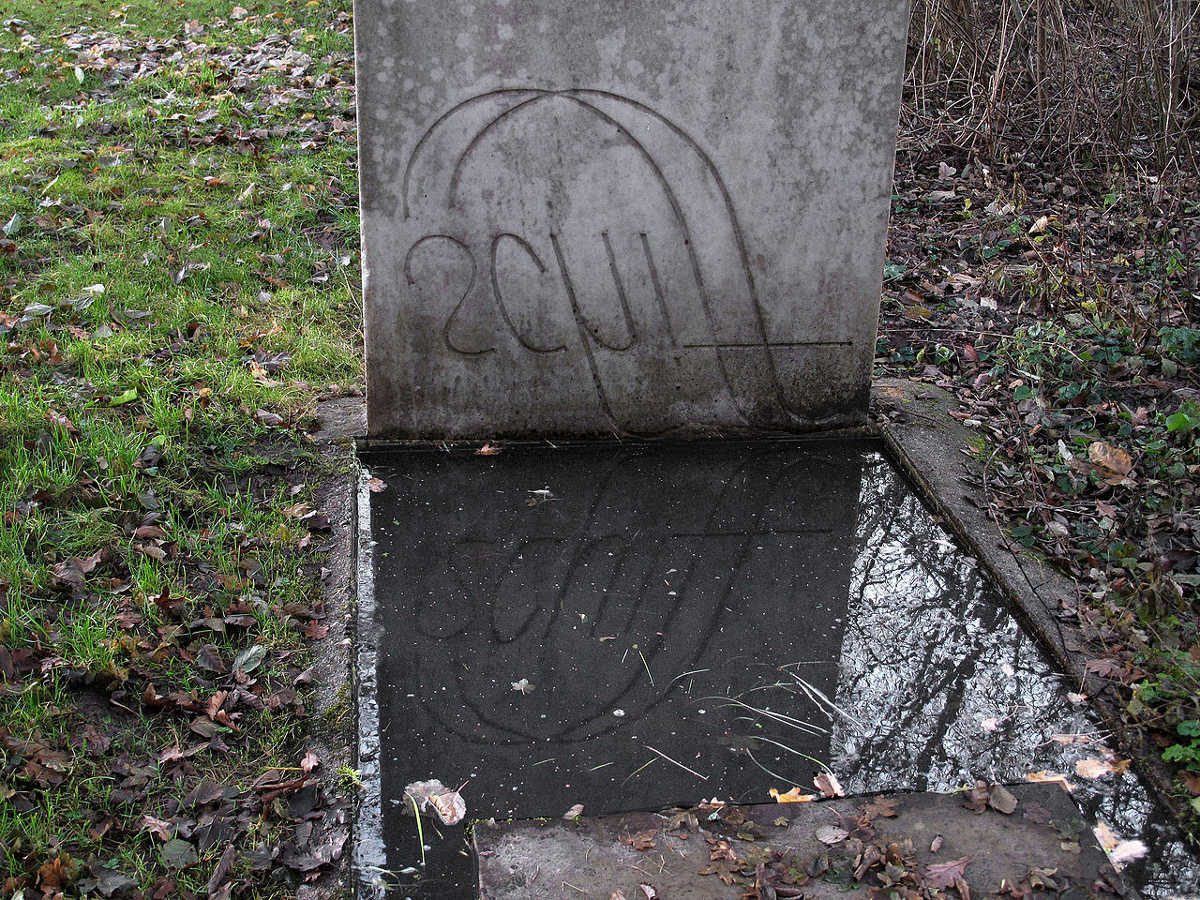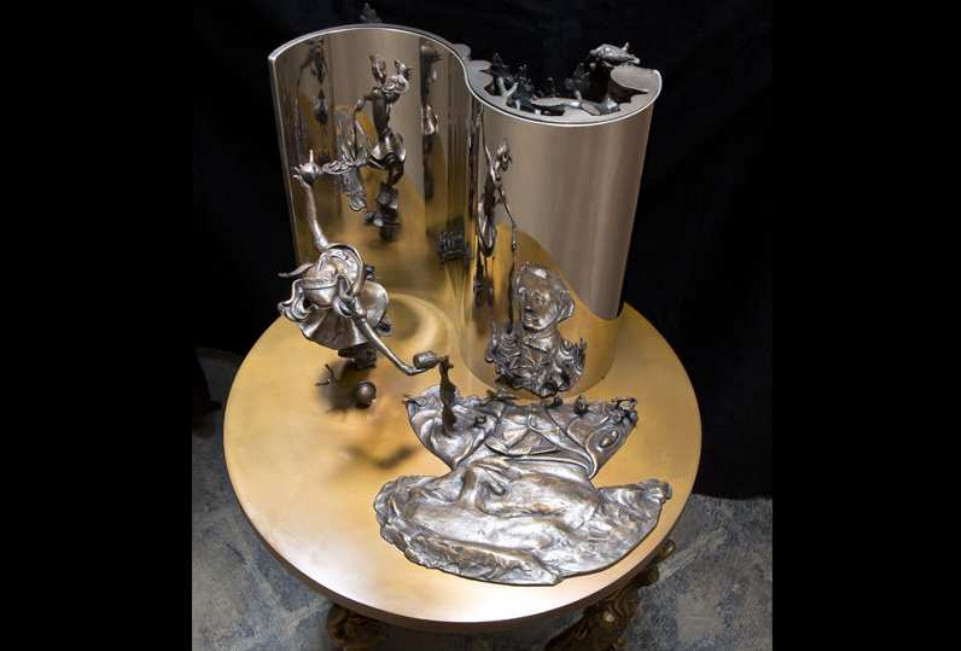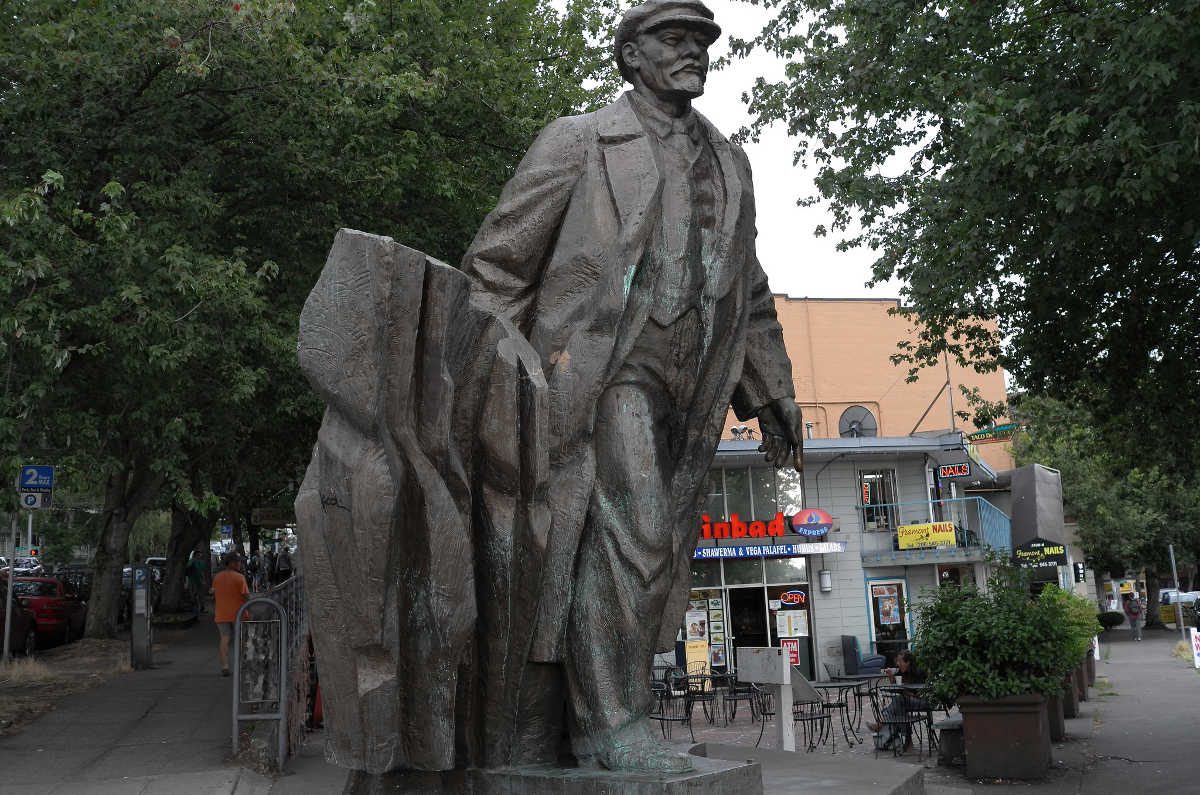
There’s a statue of Lenin in Seattle. Originally sculpted by Bulgarian artist Emil Venkov, it was installed in Poprad, Czechoslovakia, in 1988, just a year before the Velvet Revolution. Visiting American English teacher Lewis Carpenter found it lying in a scrapyard waiting to be melted down; he offered $13,000 for it and shipped it home to Issaquah, Washington.
When Carpenter died in an auto accident, the statue found its way to Seattle’s Fremont neighborhood, where the local chamber of commerce has agreed to hold it in trust until a buyer can be found. The current asking price is $250,000.
For now the founder of the League of Struggle for the Emancipation of the Working Class stands at the intersection of Fremont Place North, North 36th Street, and Evanston Avenue North, where he is regularly decorated with Christmas lights. Six-year-old Colin Sackett told the Seattle Post-Intelligencer, “It just makes me remember Christmas is coming. And it makes me remember Hanukkah, too.”

